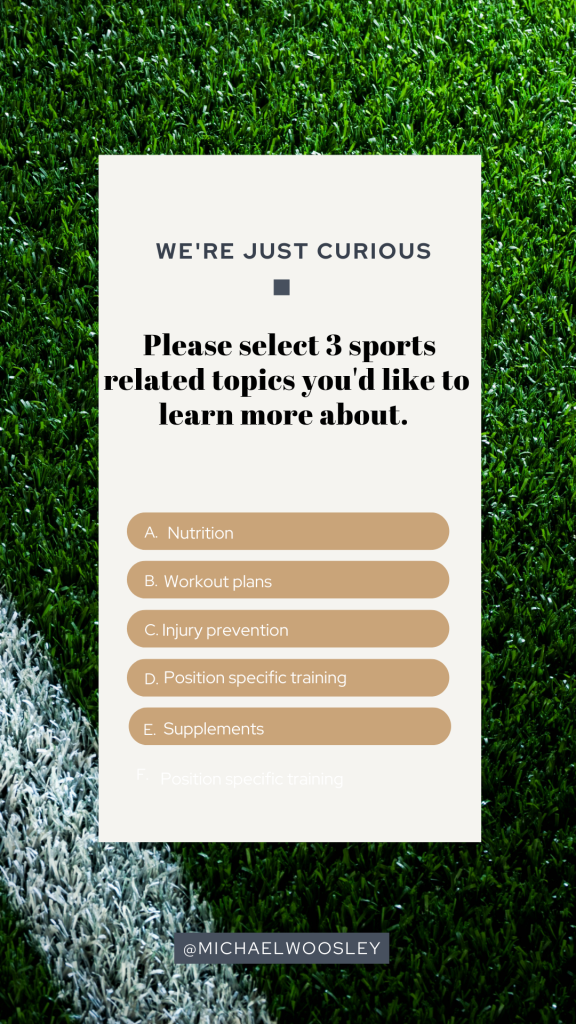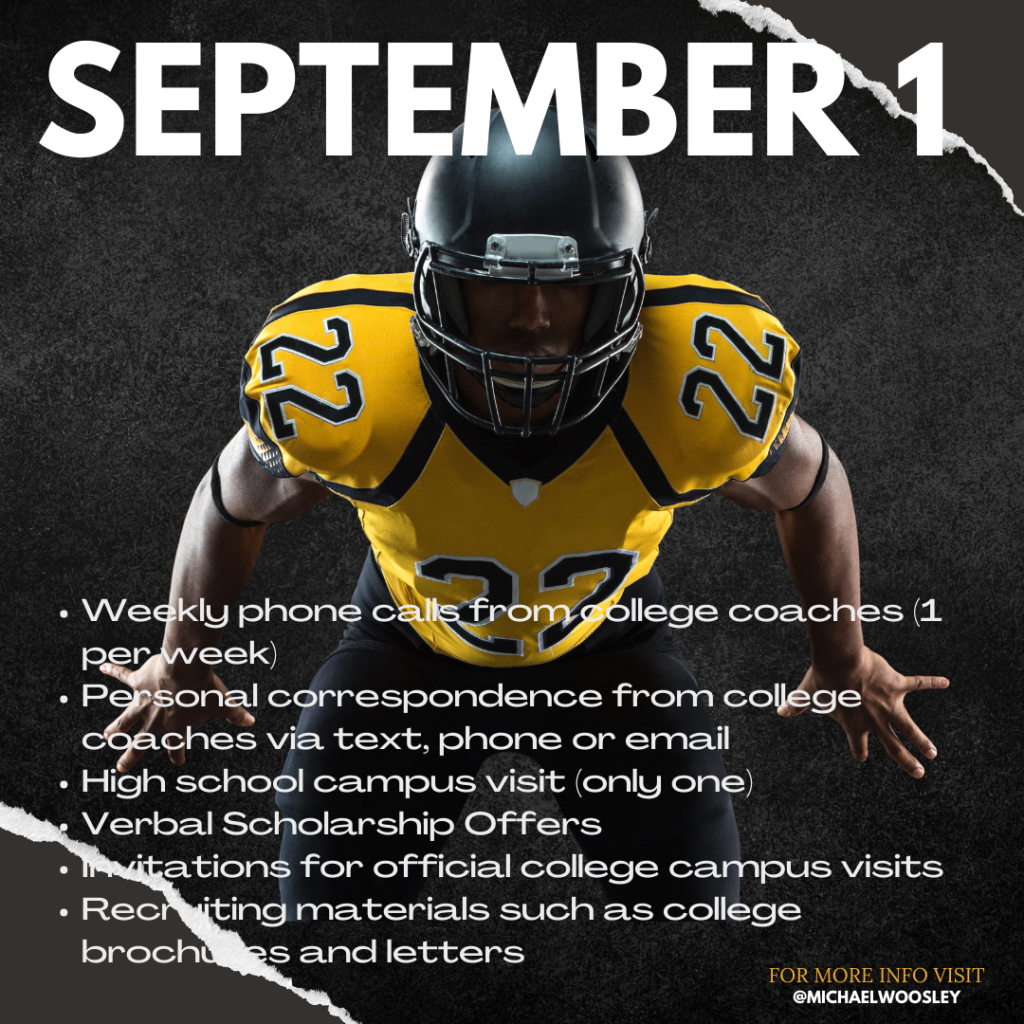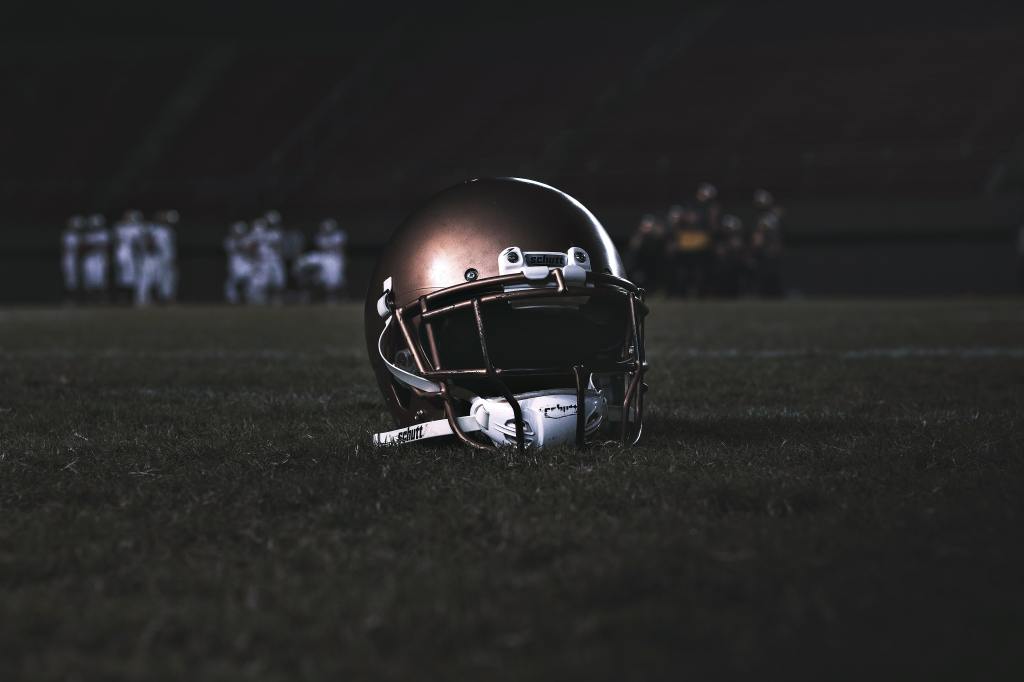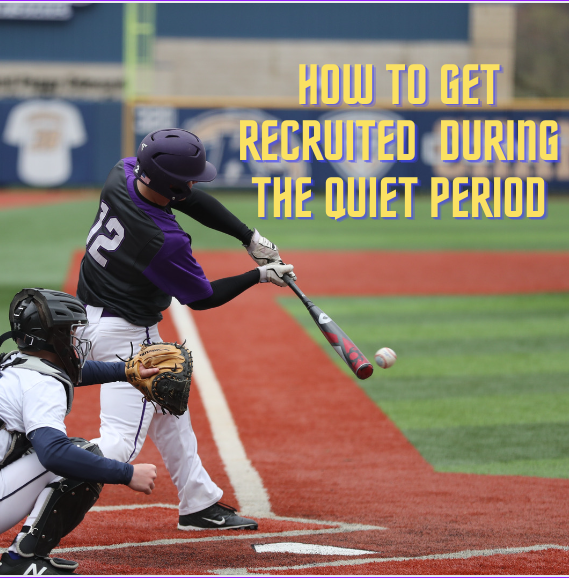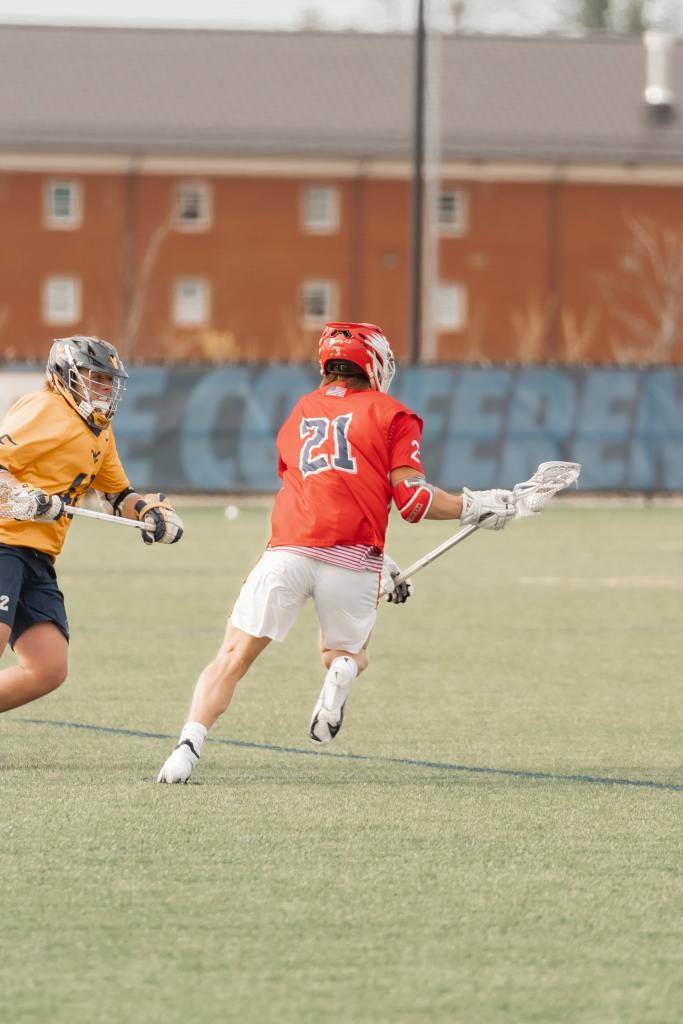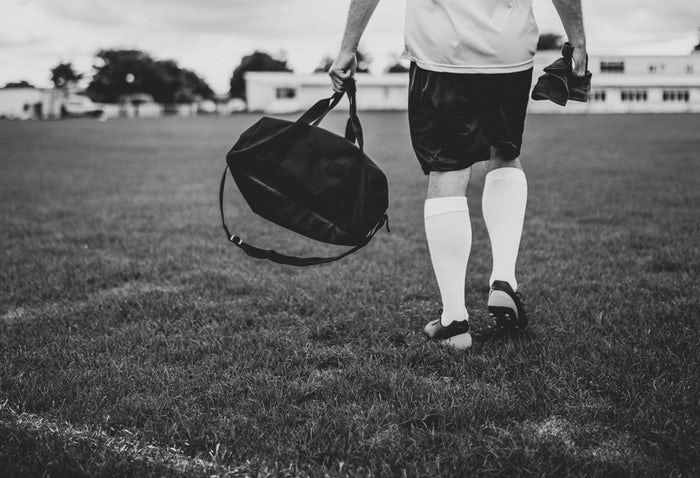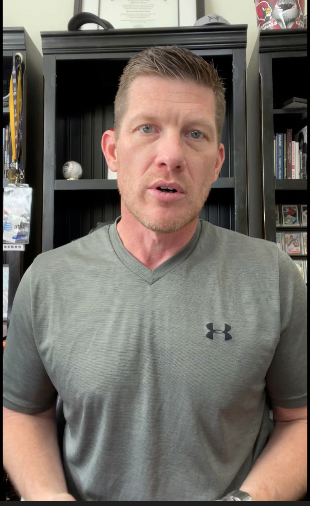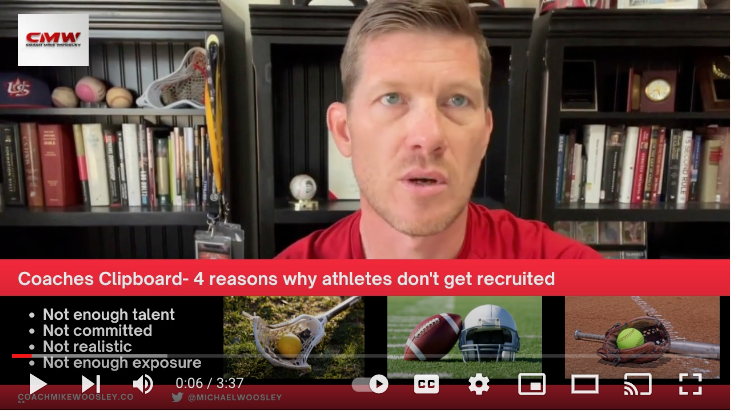
Using a coach to help student athletes through the recruiting process can offer several benefits:
- Expertise and Experience: Coaches who specialize in college recruiting have extensive knowledge and experience in navigating the complex process. They understand the intricacies of the system, know what college coaches are looking for, and can provide valuable insights and advice to student athletes. They stay up-to-date with the latest trends, rules, and regulations, which can give athletes a competitive edge.
- Personalized Guidance: A coach can provide individualized guidance tailored to the specific needs and goals of the student athlete. They can assess the athlete’s abilities, strengths, and areas for improvement, and develop a personalized plan to maximize their chances of being recruited. This includes creating a targeted list of prospective colleges, helping with the creation of an impressive athletic resume, and offering guidance on contacting coaches and attending showcases or tournaments.
- Increased Exposure: Coaches have established networks and connections within the college sports community. They often have relationships with college coaches and scouts, which can lead to increased exposure for student athletes. Coaches can advocate for their athletes, make introductions, and help them get noticed by college programs that align with their interests and abilities.
- Time Management: The recruiting process can be time-consuming and overwhelming for student athletes, especially when combined with their academic and training commitments. A coach can help streamline the process, saving athletes valuable time and energy. They can handle administrative tasks, such as organizing communications, scheduling visits, and managing deadlines, allowing athletes to focus on their studies and training.
- Confidence and Emotional Support: The recruiting process can be stressful and emotionally draining. A coach can provide much-needed support and reassurance, helping student athletes navigate the ups and downs of the journey. They can offer guidance on handling rejections or setbacks, maintaining a positive mindset, and staying motivated throughout the process.
- Objective Evaluation: Coaches can provide objective assessments of an athlete’s skills and potential, helping them understand their current level and identifying areas for improvement. This feedback is invaluable in setting realistic goals and developing a plan to enhance performance. Coaches can also help athletes make informed decisions about potential college offers, weighing factors such as academic fit, athletic opportunities, and long-term career prospects.
Overall, using a coach during the recruiting process can enhance a student athlete’s chances of finding the right college fit and securing a scholarship or roster spot. It provides them with expert guidance, personalized support, and increased exposure, ultimately maximizing their opportunities for success both on and off the field.
